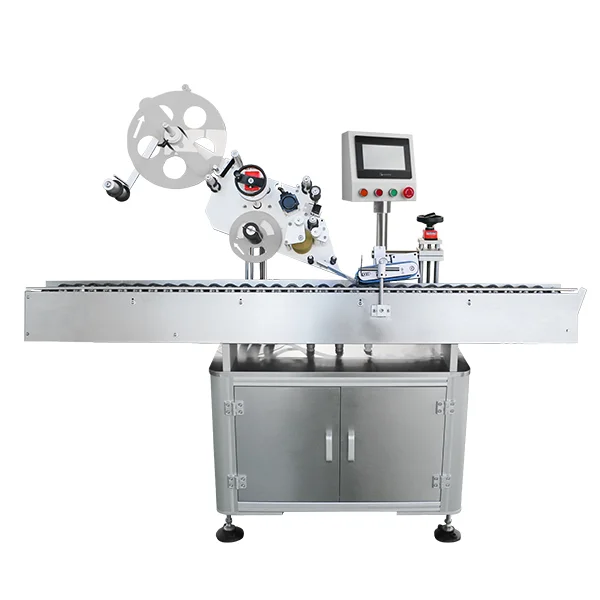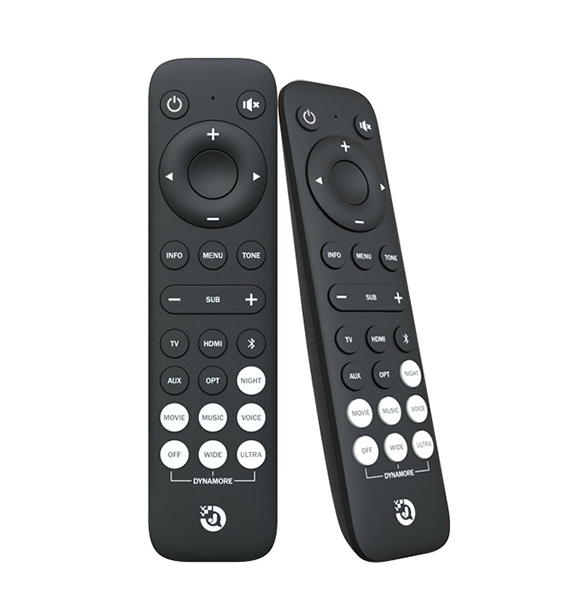When working with electronic circuits, understanding the components you are using is crucial for achieving desired outcomes. Among these components, resistors play a fundamental role in controlling current flow and voltage levels. However, determining the size or value of a resistor can sometimes be a challenge, especially for those new to electronics. In this article, we will explore various methods to identify resistor sizes accurately, ensuring you can confidently select the right components for your projects.
Understanding Resistor Basics
Before diving into identification methods, it's essential to grasp the basic function of resistors. Resistors are passive components that limit the flow of electric current in a circuit. They are characterized by their resistance value, measured in ohms (Ω), which dictates how much they resist current. Resistors come in various forms, including fixed, variable, and specialty types, each serving specific purposes in electronic applications.
The Color Code System
One of the most common methods for identifying resistor values is the color code system. Most resistors are marked with colored bands that indicate their resistance value, tolerance, and sometimes temperature coefficient. Here’s how to decode these color bands:
- Identify the Bands: Standard resistors typically have four or five colored bands. The first two (or three) bands represent significant digits, the next band indicates the multiplier, and the last band (if present) shows tolerance.
- Use a Color Code Chart: Each color corresponds to a specific number. For example:
- Black: 0
- Brown: 1
- Red: 2
- Orange: 3
- Yellow: 4
- Green: 5
- Blue: 6
- Violet: 7
- Gray: 8
- White: 9
- Calculate the Value: For a four-band resistor, combine the first two digits and multiply by the value of the third band. For example, a resistor with bands of red (2), green (5), and brown (1) would have a value of 25 x 10^1 = 250 ohms.
- Consider Tolerance: The tolerance band indicates how much the actual resistance can vary from the stated value. Gold typically represents ±5%, while silver indicates ±10%.
Measuring Resistance with a Multimeter
If the color bands are worn or unclear, a multimeter can provide a reliable alternative for measuring resistance. Here’s how to use a multimeter effectively:
- Set the Multimeter: Turn the multimeter dial to the resistance measurement mode (Ω).
- Connect the Probes: Attach the multimeter probes to either end of the resistor. Ensure a good connection for an accurate reading.
- Read the Display: The multimeter will display the resistance value directly. This method is particularly useful for resistors that are not color-coded or for those with multiple resistors in a circuit.
Identifying Resistor Values in Circuit Boards
In some cases, resistors may be soldered onto circuit boards, making them difficult to read. Here are some strategies for identifying their values:
- Look for Printed Values: Many circuit boards have the resistor values printed directly on the board. This can save time and effort in identification.
- Use a Schematic Diagram: If available, refer to the schematic diagram of the circuit. This will provide information on the resistor values used in the design.
- Desolder and Measure: If all else fails, desolder the resistor from the circuit and measure its resistance using a multimeter. This method ensures you get an accurate reading without interference from other components.
Conclusion
Identifying the size of a resistor is a fundamental skill for anyone working with electronics. Whether you rely on the color code system, a multimeter, or circuit board markings, understanding how to determine resistor values accurately will enhance your ability to design and troubleshoot circuits effectively. By mastering these techniques, you can ensure that your electronic projects are built on a solid foundation, leading to better performance and reliability.





+ There are no comments
Add yours